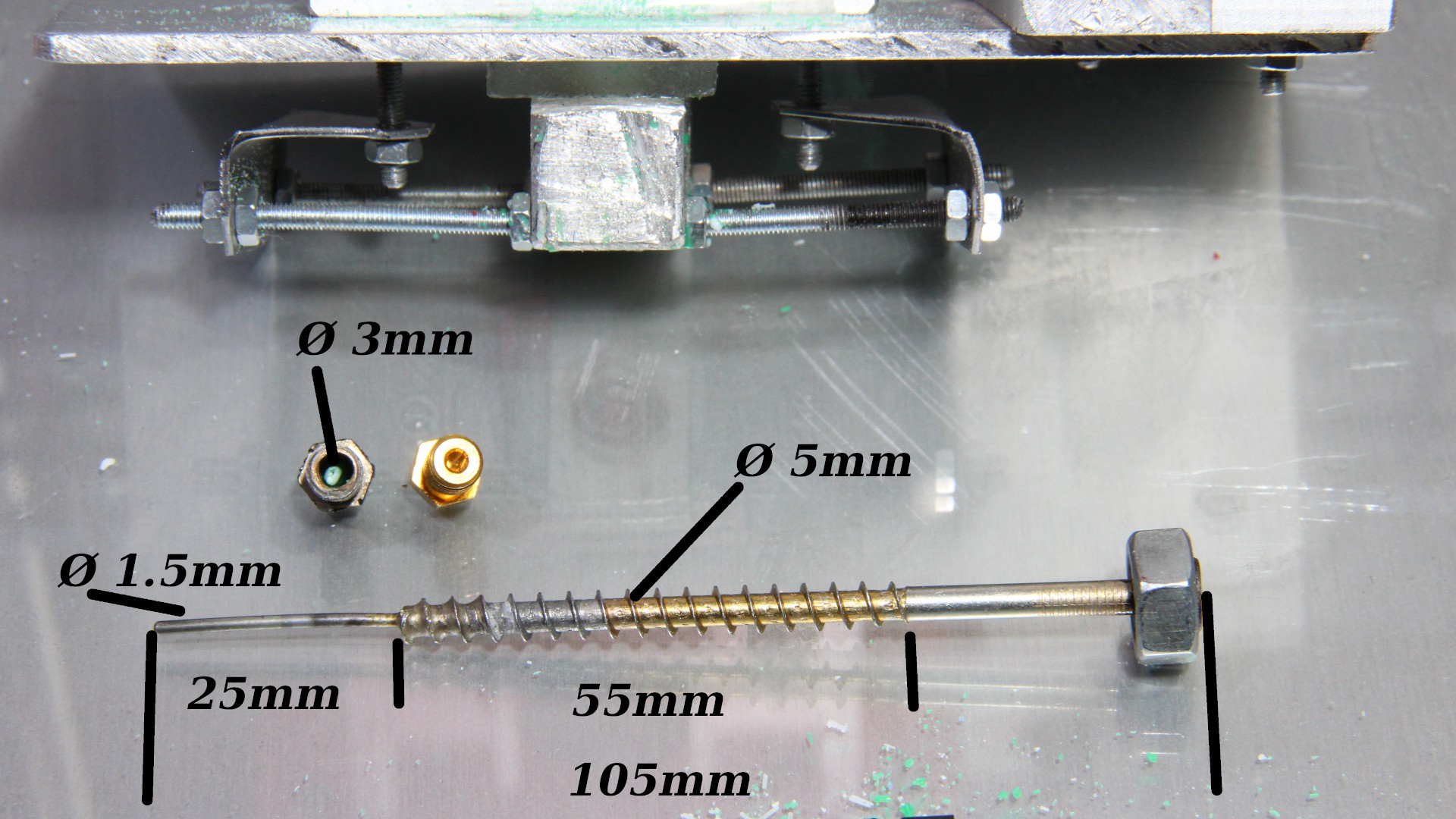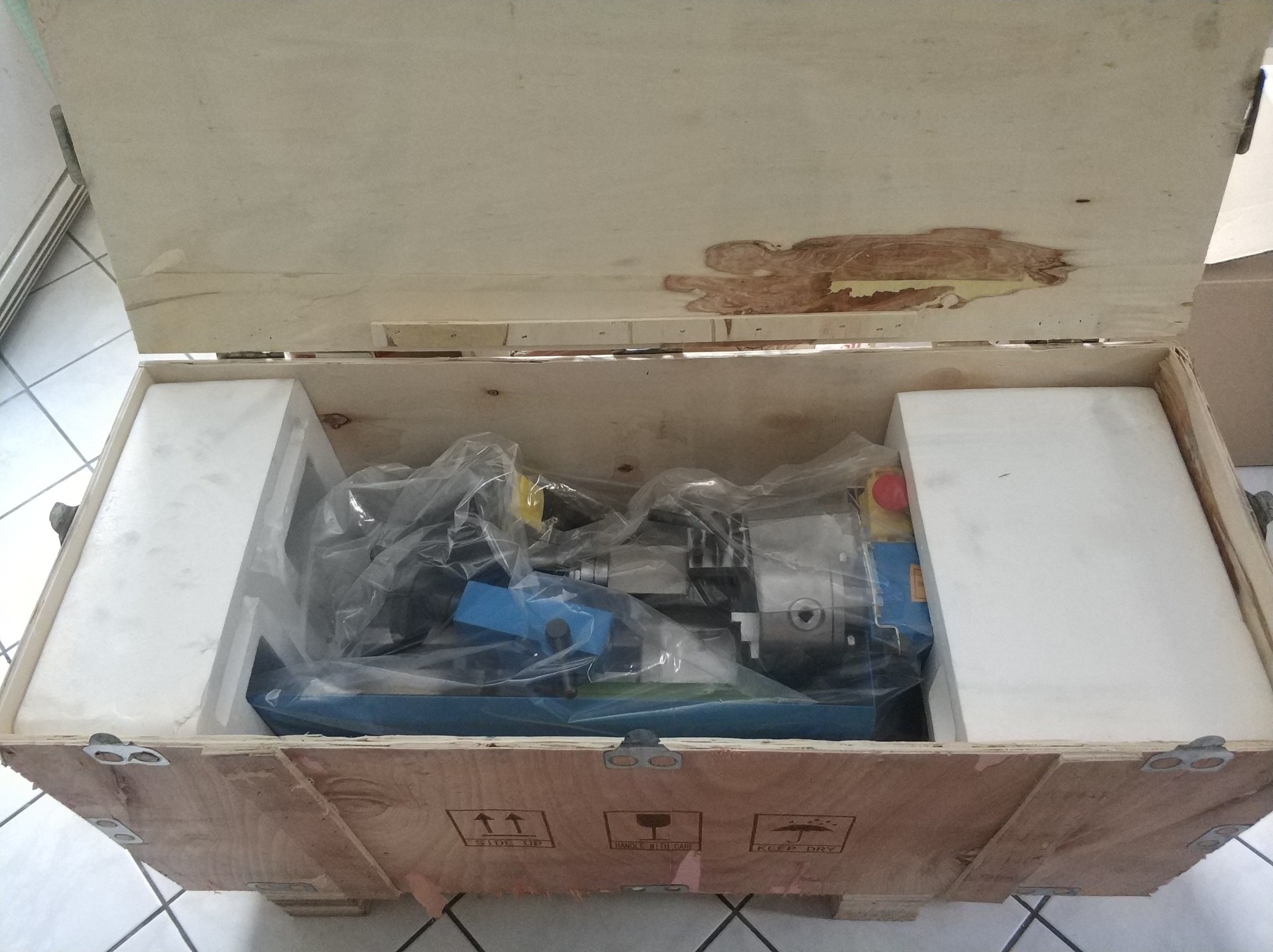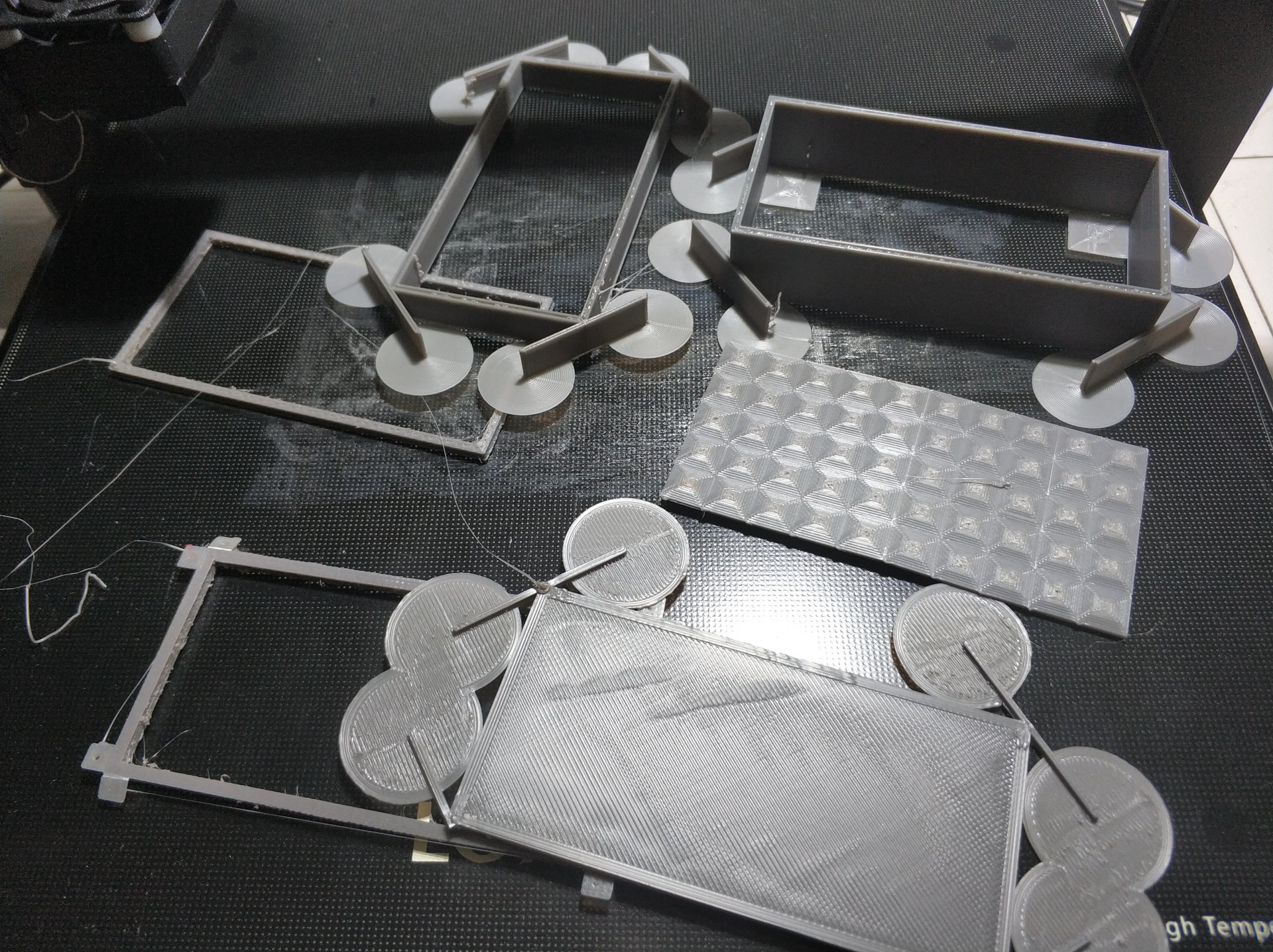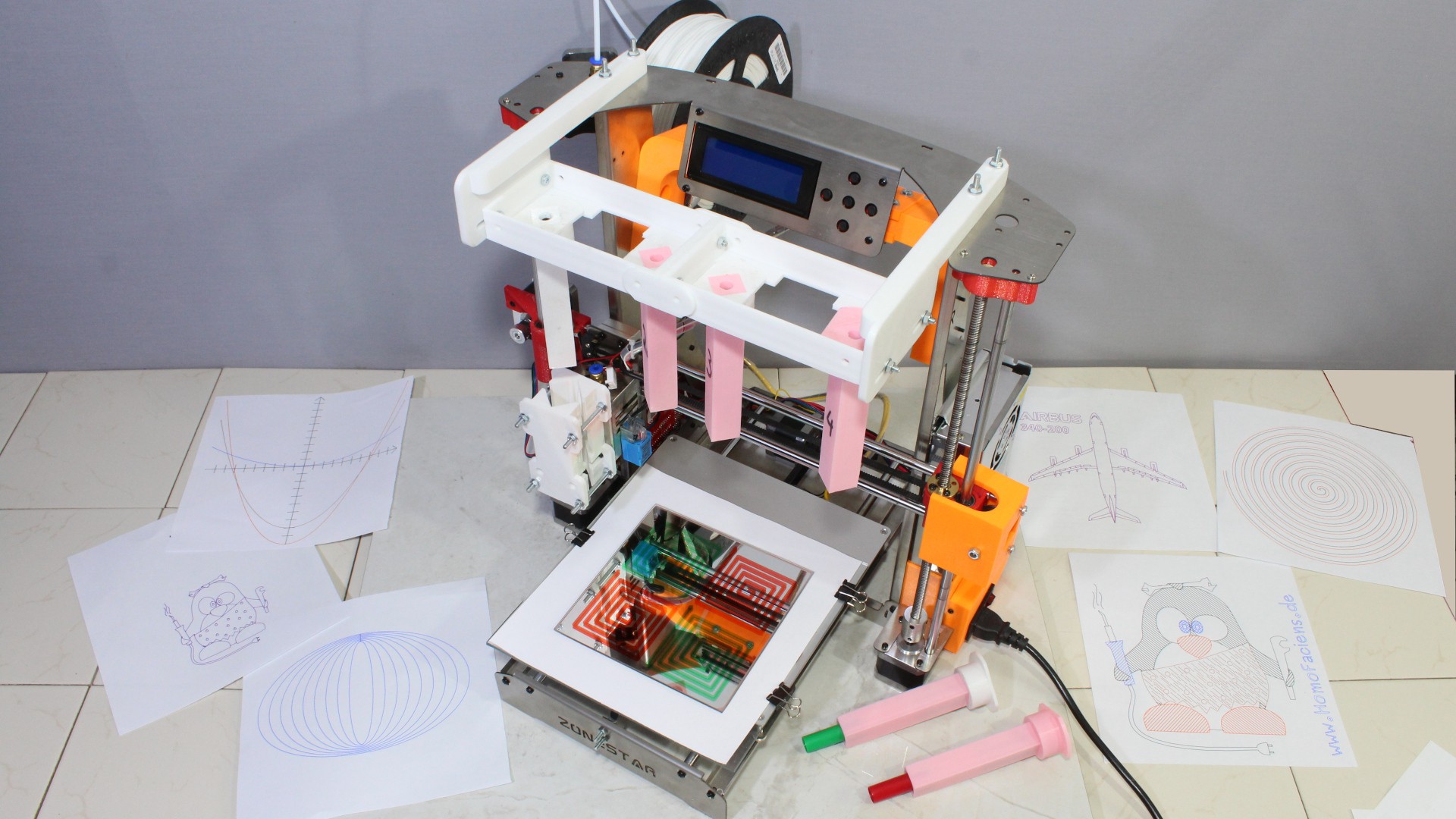-
First "build instruction" of Extruder V3
10/19/2021 at 18:02 • 0 commentsI am currently working on a video showing more details of my Direct Granules Extruder V3 and explaining why I did the things I did the way I did them. With the pictures taken for the video, I have written a first build instruction. Since this machine was mostly created using the rule of thumb, it is no accurate step by step instruction. Instead, it gives you a deep insight into all parts the extruder is composed of. This should enable you to make a copy, if you'd like to. Of course, if there are questions remaining, feel free to leave a comment.
![]()
-
First look on Direct "Pellet" Extruder V3
10/17/2021 at 07:18 • 0 commentsI hope, the jury of the Hackaday Prize doesn't mind that I am posting my application video for a Fellowship of the Shuttleworth Foundation. To get my granules extruder mainstream, I will have to spent more time and money to bring my ideas over the finish line, which is why I took the opportunity to get support from there, too. The video gives a quick look at what I am working on:
A video showing the extruder in more detail is under construction...
-
Teaching old bots new tricks: Warping
09/03/2021 at 10:43 • 0 commentsWarping occurs due to material shrinkage while 3D printing. Hot plastics is put on top of a cold layer and while cooling down, the top layer shrinks and so builds up tensions in your print. The larger your print and the more the material shrinks while cooling down, the sooner the corners of the print start to lift and detach from the build plate. ABS is well known for high shrinkage and that's why two spools of that material were lying in a corner of my workshop for years. When I got an offer for making a video about a 3D printer I decided that it would be the right time to prove ideas to fight warping that grew in my brain over the years:
The idea is not to print in pure horizontal layers, but to add a vertical component. The gcode for this printing method was generated by Python scripts (available in the "files" section of this Hackaday project). No need for a new printer nor for making any hardware changes to your existing machine. It seems to work fine for special cases, as demonstrated in the video, but more experimentation has to be carried out. Good luck, I have some more ideas to continue fighting....
-
Things I am working on...
08/23/2021 at 12:46 • 0 commentsRound 3 of this year's HackadayPrize ends today. Time to give a quick look on what I am working on:
1.) The lathe that I need to improve the design of my direct granule extruder has arrived:
![]()
While the first two versions were build with less expensive machinery, sometimes you have to make a more expensive investment to drive machine evolution...
2.) I am trying to fight warping. I took two spools of ABS that are in my workshop for years now, to check if warping can be minimized by changing the print sequence. While printing flat, 2mm plates works indeed fine, I am still struggling with printing my 50mm high test object, which is a simple 100x50x50mm box. My personal challenge is to print that box without a printer enclosure (which is the common way to fight warping).![]()
3.) I am doing some coding to give you a new kind of access to your machinery, because a tool with a built in microcontroller is just as good as the software that runs on it. 3D printers with a pen attached to the print head are great devices to teach coordinate systems and basics of Gcode and machine control.
-
Robotic Arm V1.0: Better than it looks ;-)
08/11/2021 at 14:36 • 0 commentsWhile waiting for my lathe to arrive, that I need to drive the development of my direct granule extruder, I have built a robotic arm using materials I had in my workshop:
It is obviously no industrial grade robotic arm, but a really nice machine to teach basic coding.
More on my pages: https://homofaciens.de/technics-machines-robot-arm-v1-0_en.htm
Direct Granules Extruder, FDM prints from powder
Waste plastic turned into raw material for 3D printing.
 Norbert Heinz
Norbert Heinz




